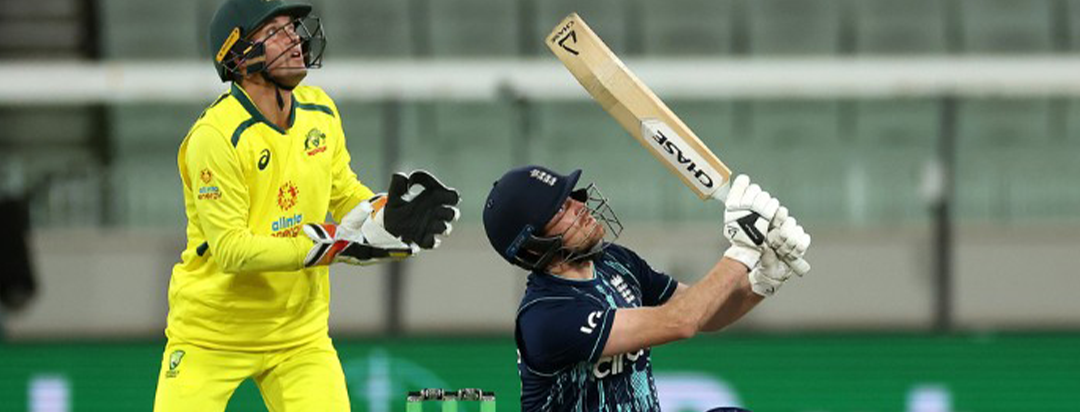

Lorem ipsum dolor sit amet, consectetur adipiscing elit ut liqua purus sit amet luctus venenatis, lectus magna.

If you’ve ever watched cricket and heard the term “LBW” thrown around, you’ve likely wondered what it means and why it seems to spark so much debate. LBW, short for Leg Before Wicket, is one of cricket’s most technical and often misunderstood dismissal methods.
Yet, once you break it down, the concept becomes surprisingly logical. Let’s walk through what LBW really means, why it exists, and how it impacts the game.
At its core, LBW is a rule designed to prevent batters from using their body (primarily their legs) to block the ball from hitting the stumps. The batter’s primary tool of defense should be the bat—not their pads. If a bowler delivers a ball that would have struck the stumps, and the batter’s leg gets in the way without a legitimate attempt to hit the ball, LBW comes into play.
The idea is simple: you can't just stand in front of your stumps and use your legs as a shield. If you do, you risk being given out.
While the concept is straightforward, an actual LBW dismissal depends on several key factors that must all align. For an LBW appeal to succeed, these conditions generally need to be met:
LBW decisions often spark debates because they rely on a combination of factors that are sometimes difficult to judge in real-time. From the ball's pitch location to the batter’s movement and the ball’s predicted path post-impact, umpires must make a call based on their perception—and in professional matches, with the aid of technology.
In casual or local matches, where technology isn’t available, LBW decisions can become subjective, leading to friendly (or not-so-friendly) arguments among players and spectators alike.
The introduction of Decision Review System (DRS) in international cricket has dramatically changed how LBW decisions are made. Tools like Hawk-Eye simulate the ball’s trajectory to predict whether it would have hit the stumps. Players now have the option to challenge on-field umpire decisions, adding an extra layer of scrutiny and fairness.
While DRS doesn’t eliminate the controversy, it certainly reduces blatant errors and helps fans and players see the logic behind close calls.
For bowlers, LBW is a crucial weapon, especially when facing technically sound batters who are hard to dismiss through conventional catches. Bowlers often craft specific strategies—angling deliveries into the pads or exploiting footwork errors—to trigger an LBW chance.
For batters, understanding LBW is equally essential. Playing in line with the ball, offering a legitimate shot, and ensuring careful footwork are all tactics used to avoid falling victim to this rule.
In essence, LBW upholds cricket’s balance between bat and ball. It ensures batters can’t exploit their body as a second layer of defense, preserving the fairness of the contest. While it’s among the more complex rules in cricket, it’s a vital one that keeps the game honest and competitive.
Next time you watch a match and hear a loud LBW appeal, you’ll know exactly what’s at stake—the fine line between defense and obstruction.


Explore our collection of 200+ Premium Webflow Templates